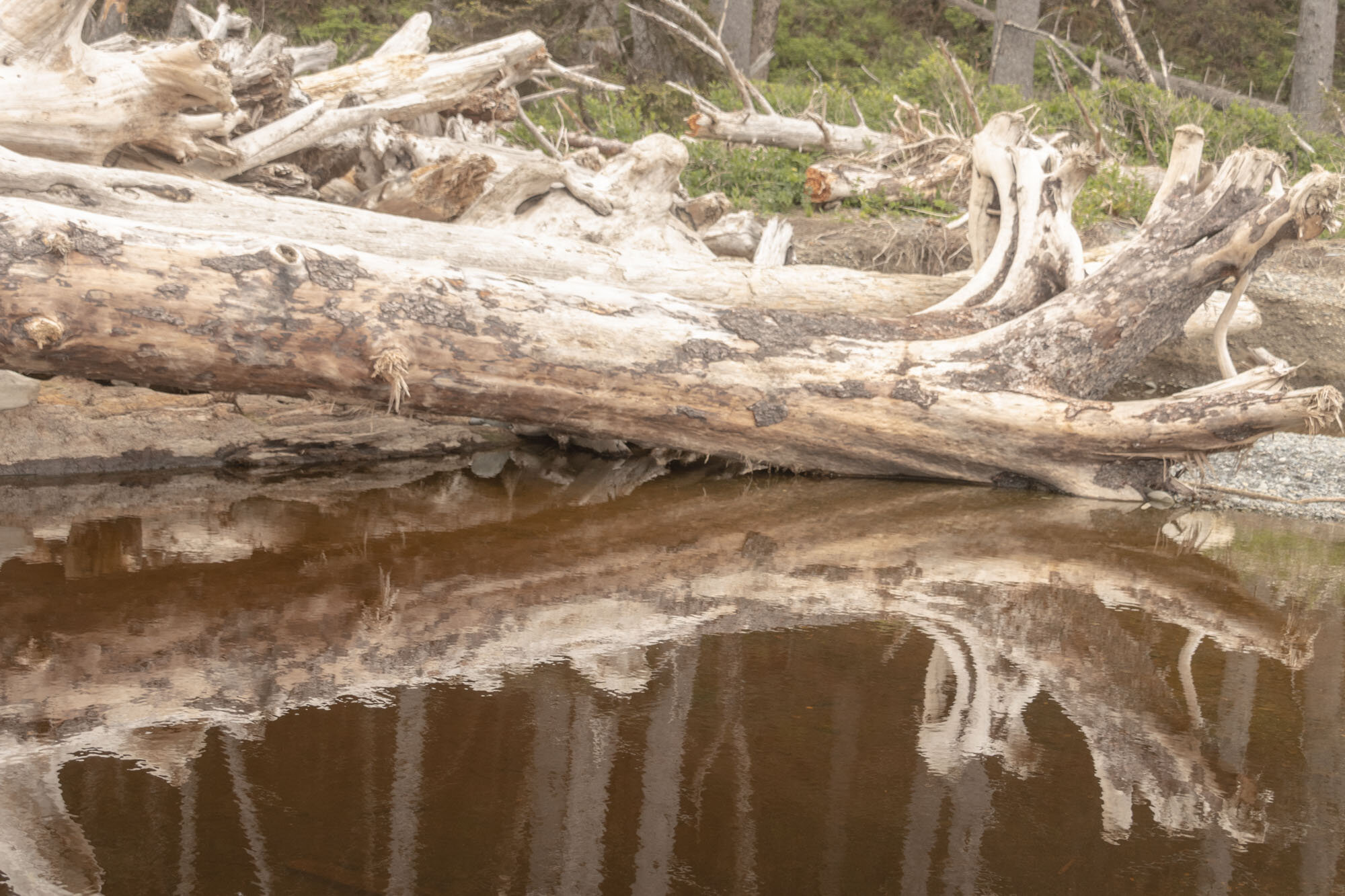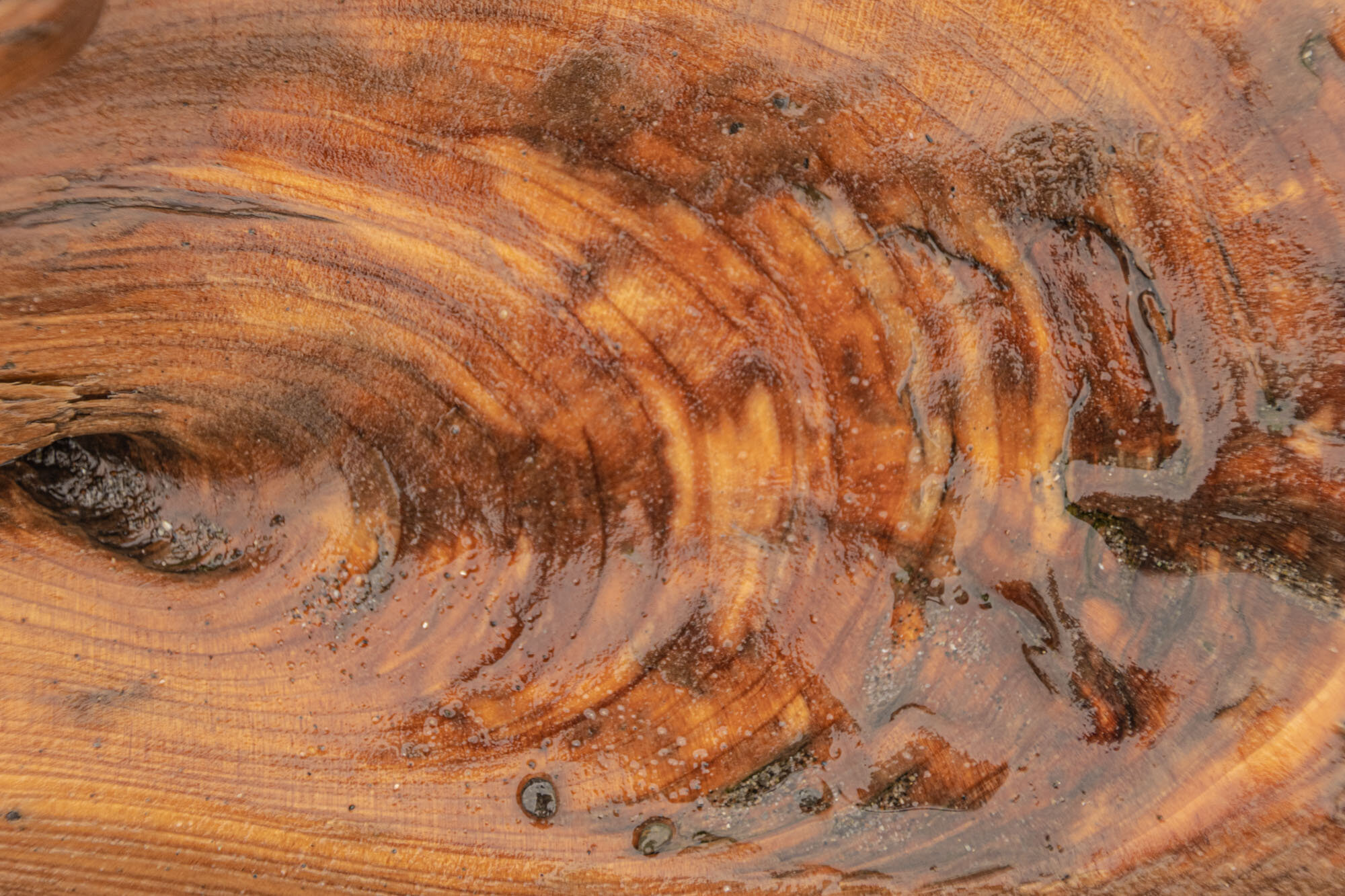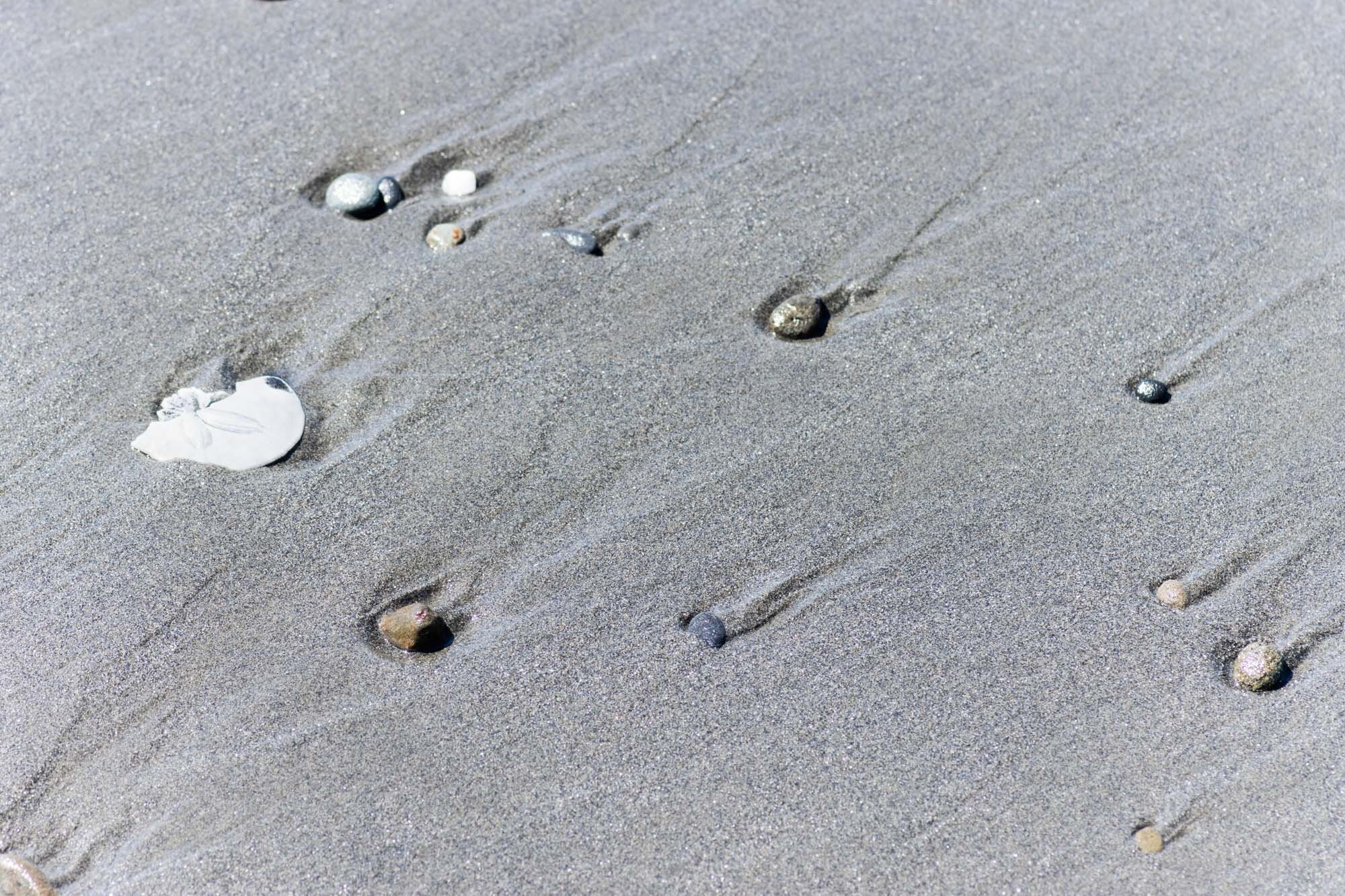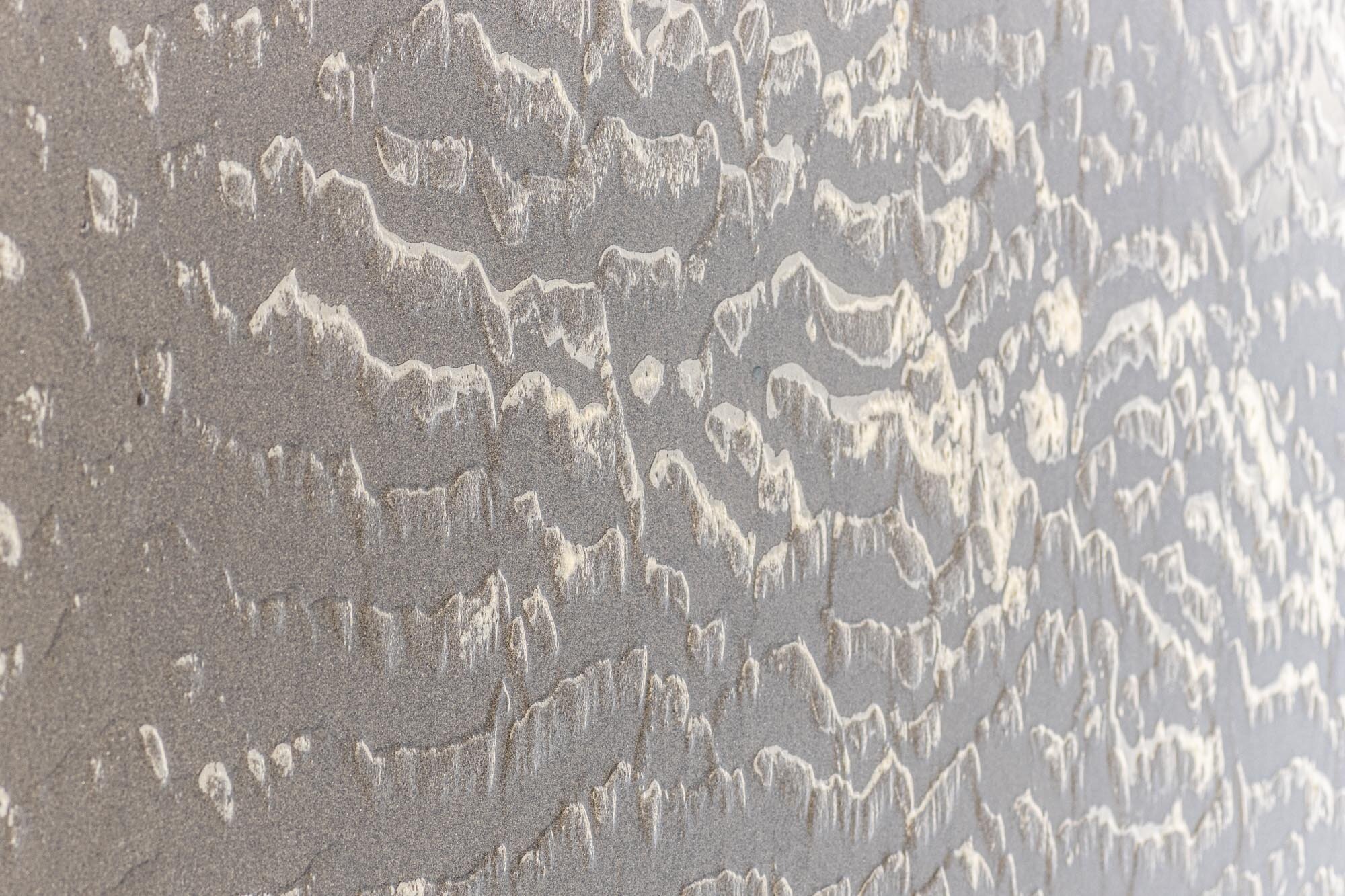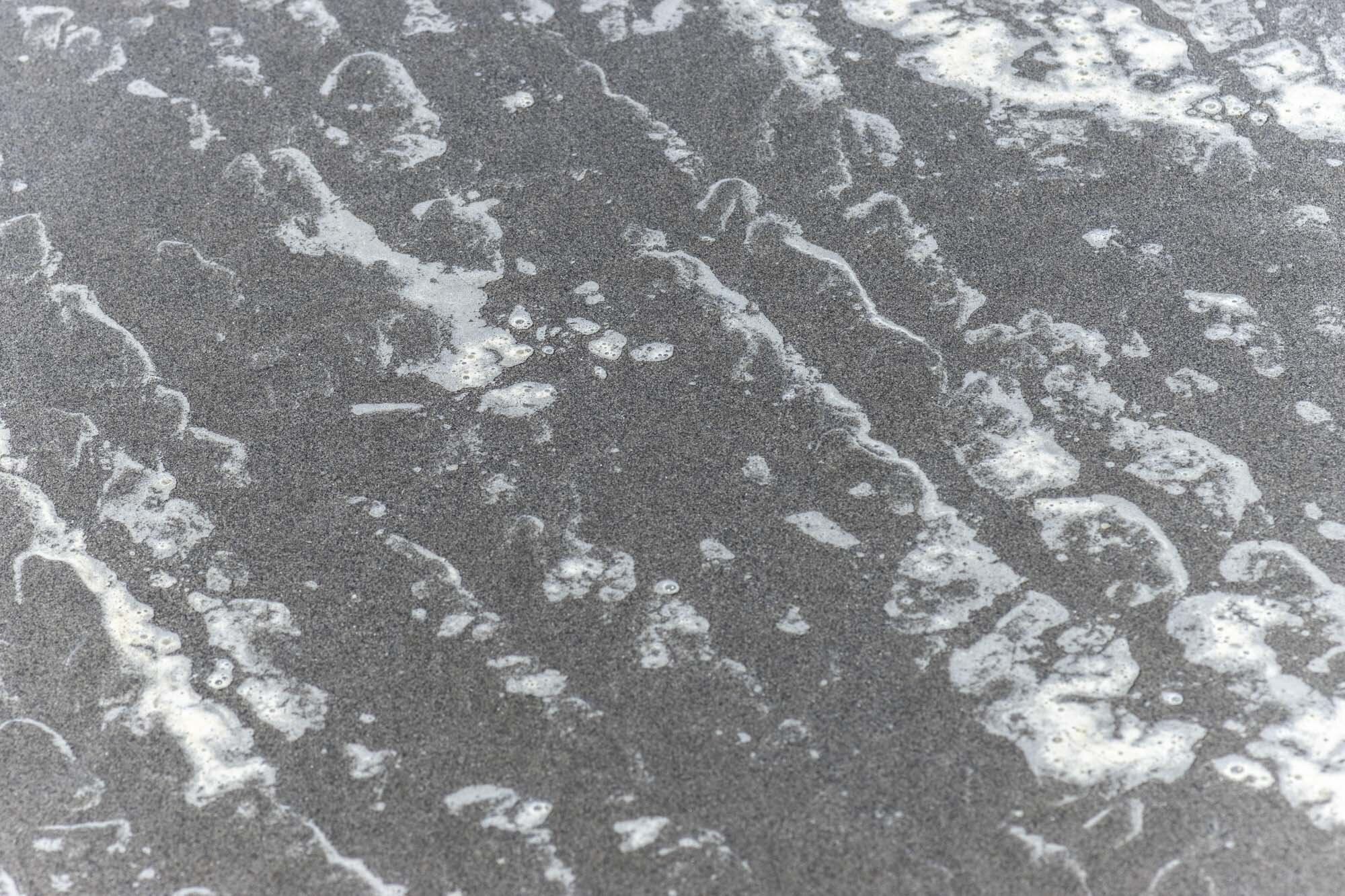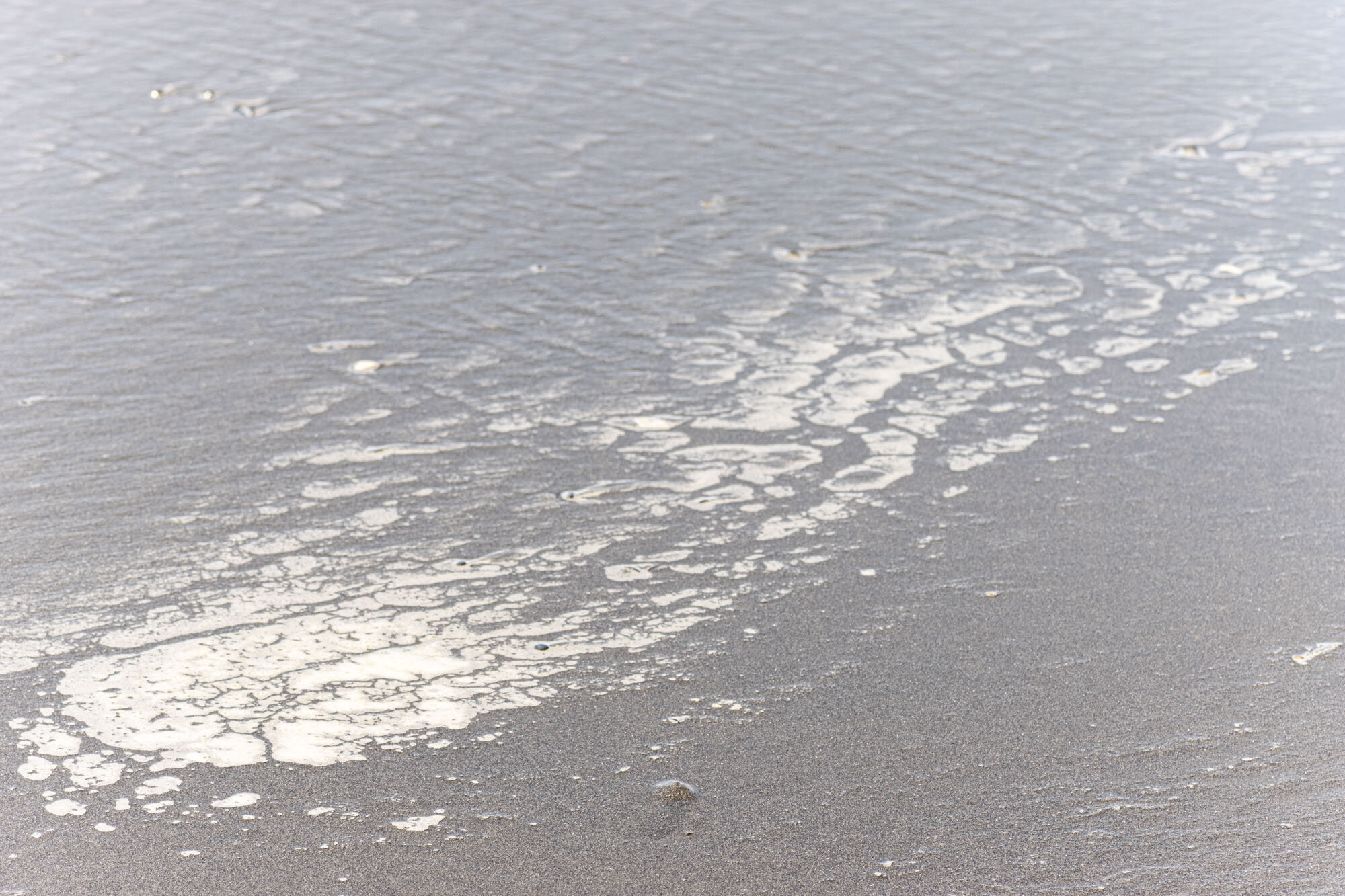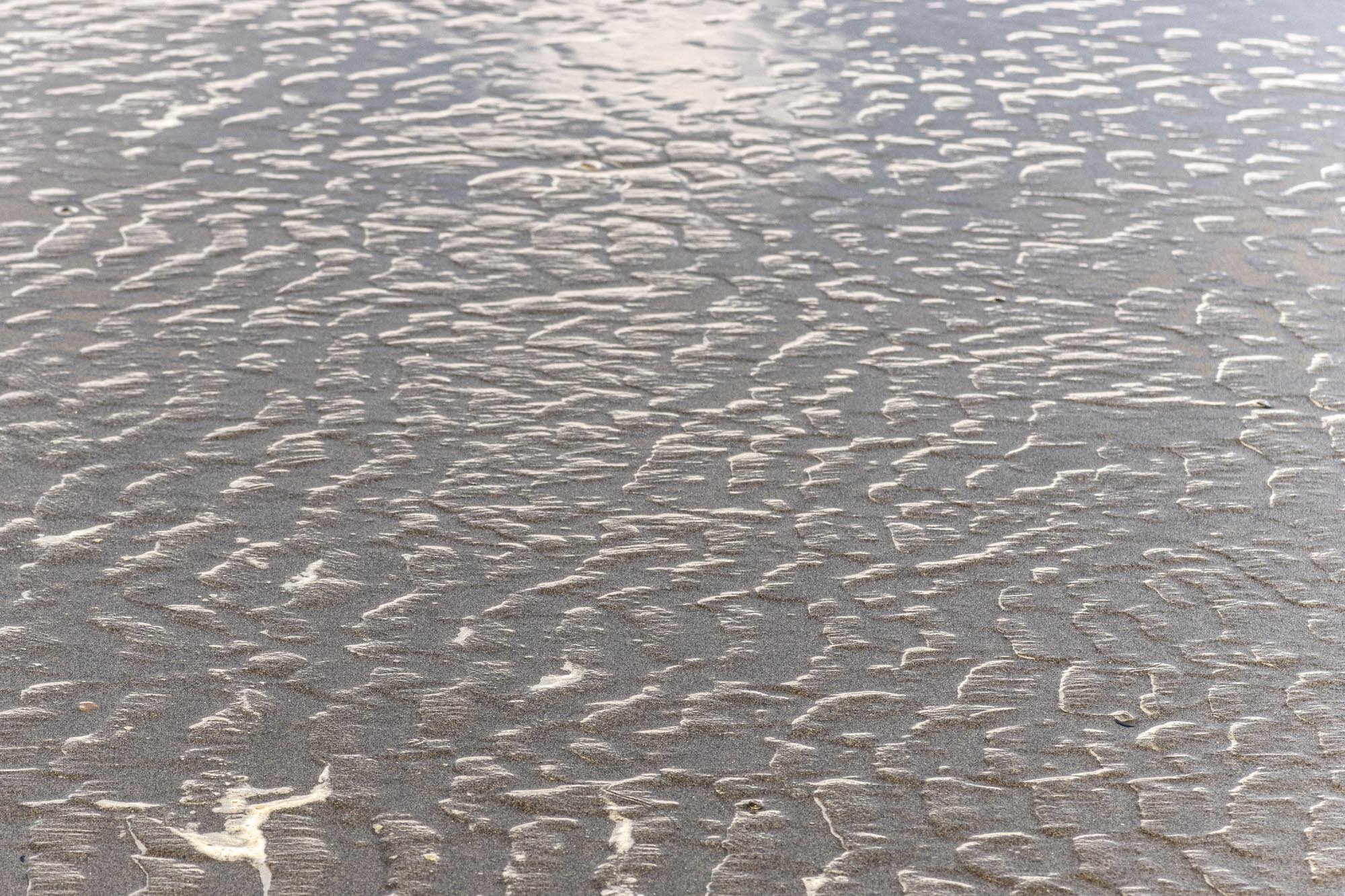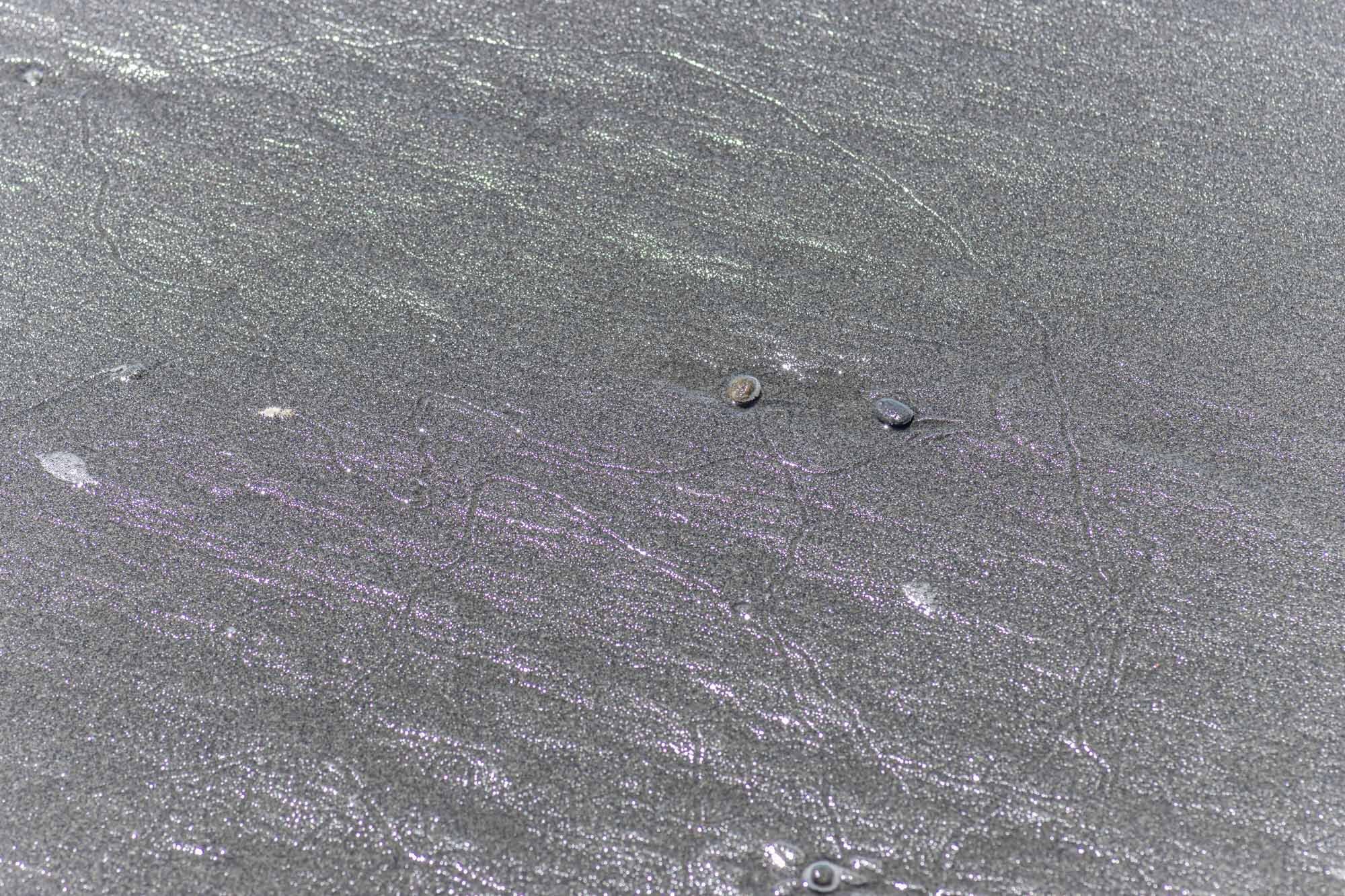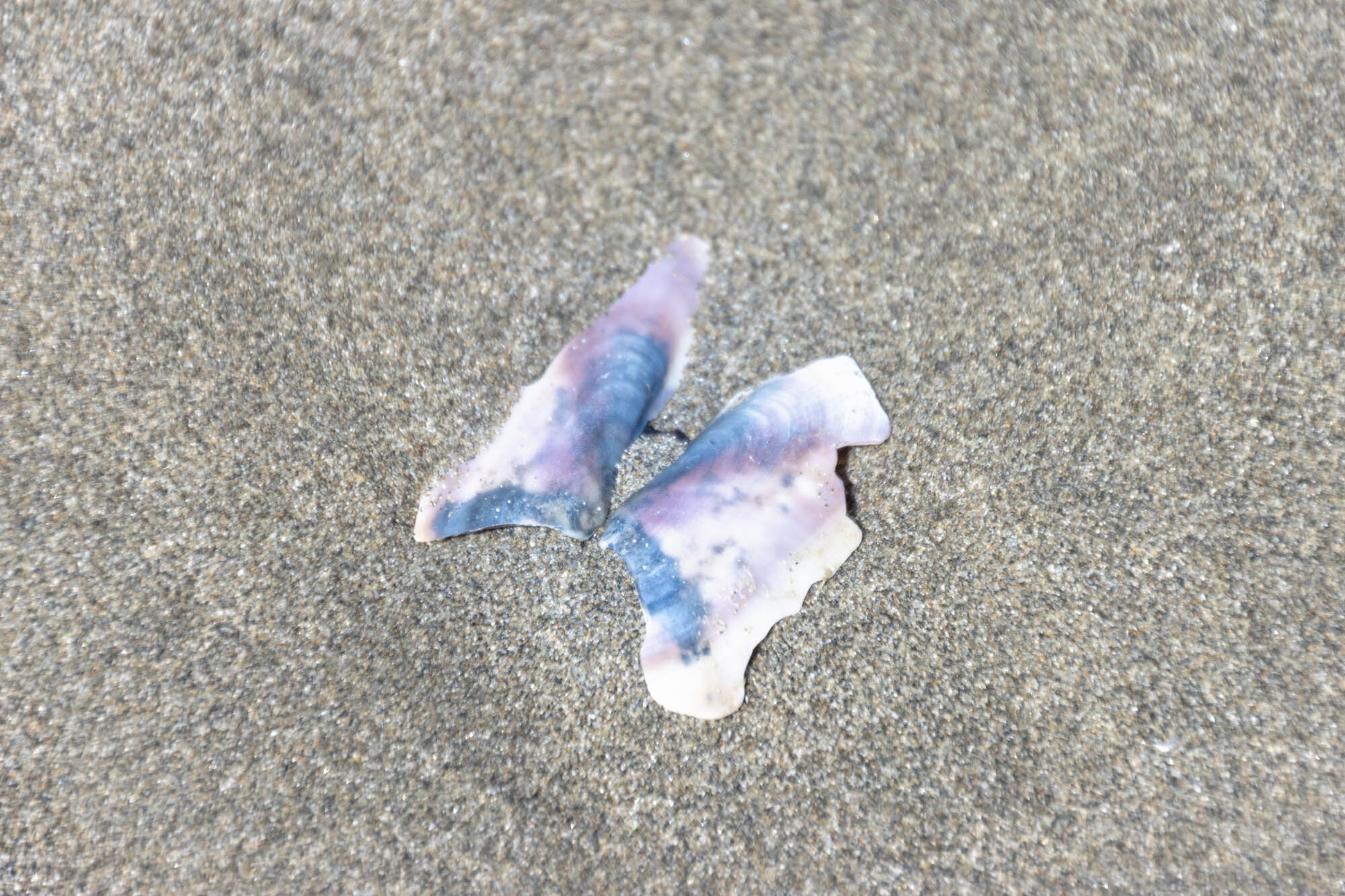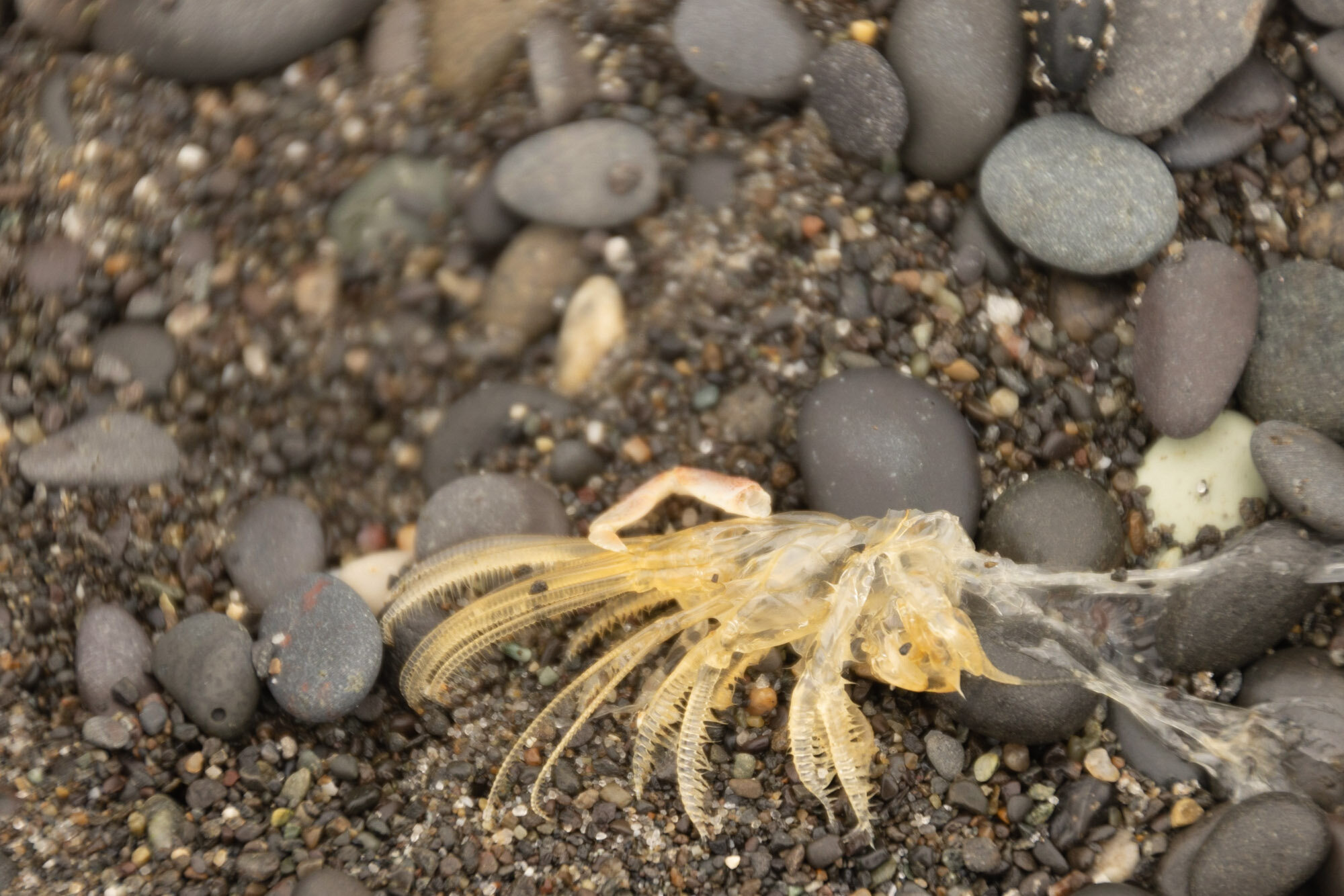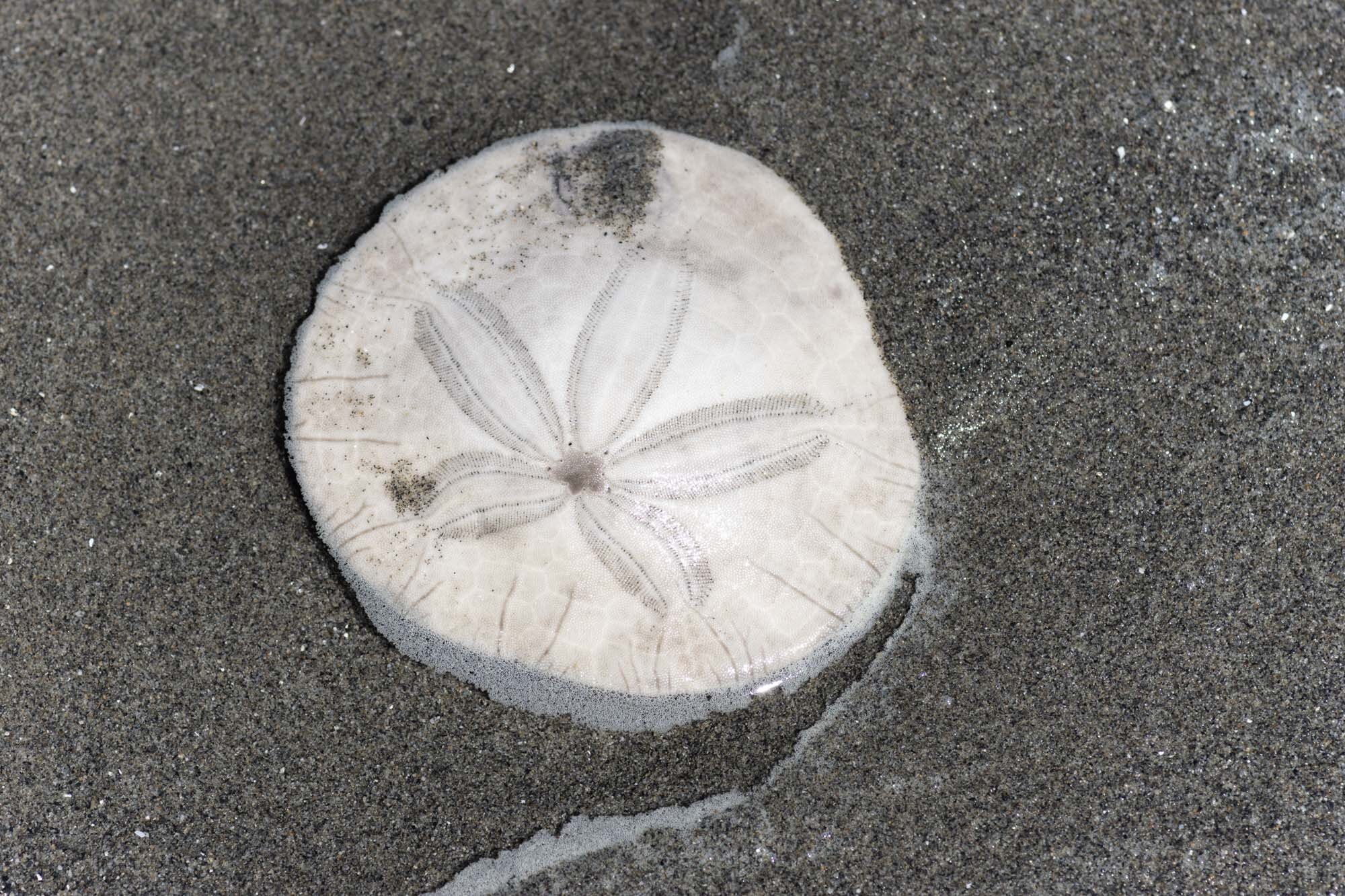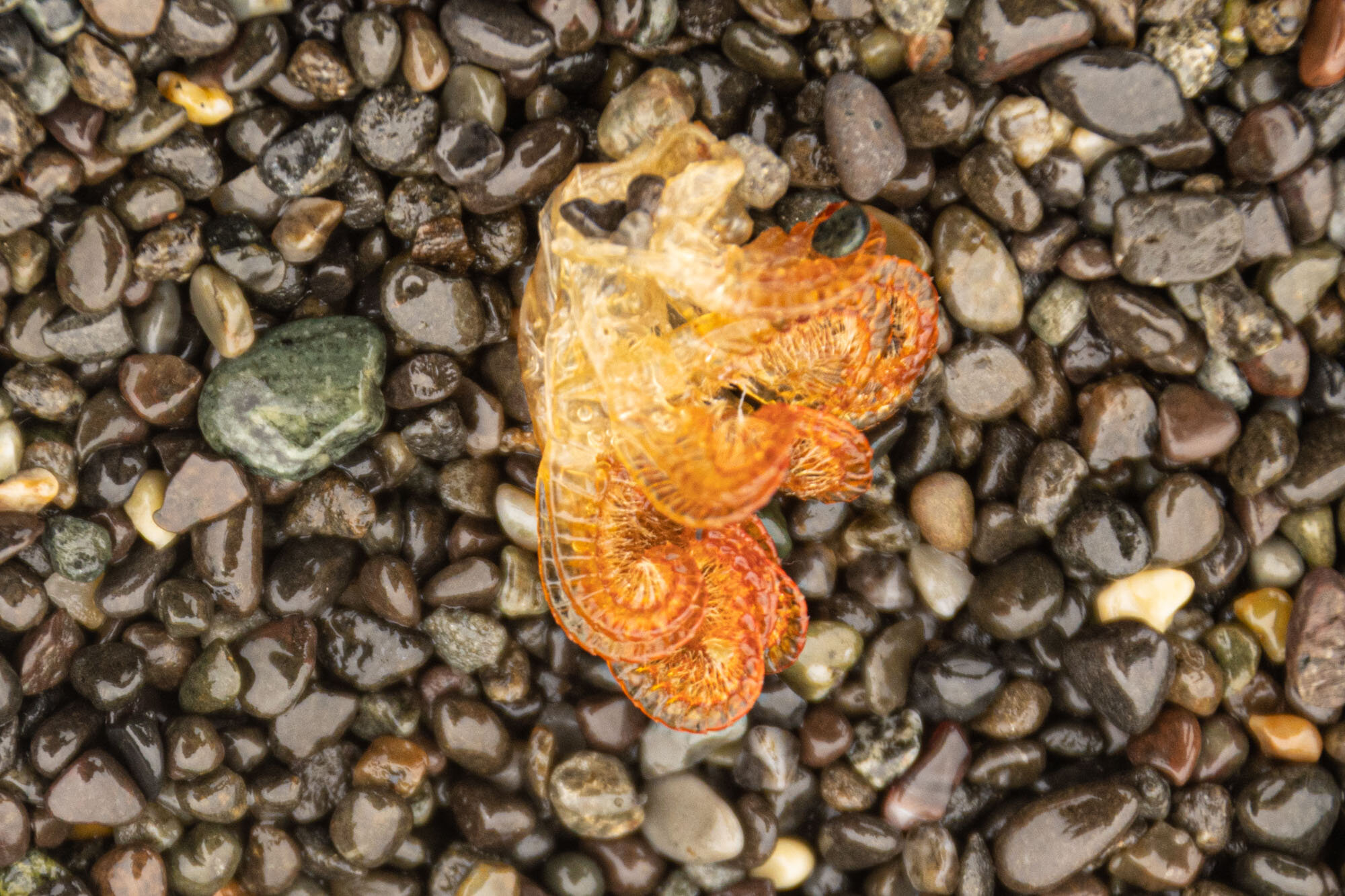Olympic Peninsula Beaches
Every one of the four days I spent on the western side of the Olympic Peninsula I felt like I was in a dream. In the dream I hiked in the Hoh Rain Forest, on the trail to and from Sol Duc Falls, and trudged miles in the sand at Kalaloch, Ruby and Rialto beaches. In the dream I felt like I was in the most beautiful place in the world, and I couldn’t believe I was there. The thing was… it wasn’t a dream.
I had expected rain. Until the day we left for the Peninsula, the forecasts for every day that week were for rain, and Covid restrictions were still in force so some of the places I’d hoped to visit were not open or available to us. All of the Native American reservations were closed to visitors, and the timber tour I was excited about was not running for another few weeks. I was resolved to make the best of it, to enjoy myself and to take good pictures. As it turned out, the weather was perfect. We had both gray and blue skies throughout our time there. And no rain.
The first thing I noticed when I stepped out onto the sand was the volume of driftwood that sat on the outer edges of the beaches. They were all so big and so old. Each one was its own piece of sculpture with environmental conditions as the artists. The variation in age of the driftwood contributed to the differences in appearance. Most were old enough to be almost white in color from years of exposure to the water, the sand and the sun. Some still displayed the stunning marbling of the wood.
In some cases, wind, rain, and erosion resulted in these fallen trees, or on the Peninsula they may be as result of the logging industry. In all cases, however, driftwood is the remains of trees that are floating in the water or have been washed up on the shore. It is also an important part of the ecology of the western Peninsula. The logs in the water become food for salmon and some reptiles and birds. Returning salmon spawn in the pools formed from the flow of the streams that are directed by the logs. Later the young salmon hatch, feed and hide from predators in those same pools.
What the beach reveals depends on where it is in its tide cycle. Ideally the closest it is to low tide the more of its collections of sand designs, rocks and shells, and sea life that has washed onto the shore are visible. Our goal was to get to each beach at low tide, but sometimes when you’re enjoying yourself so much you lose track of time and your feet get wet.
I love the ocean, but I found myself looking down rather than at the water much of the time as I walked and walked from one point to the next. At Kalaloch Beach the tide was out, and I was focused on the beautiful designs in the sand. The designs seemed so random. But I learned that the direction of the lines and the regularity, depth and length of the patterns depend on multiple things. The direction and intensity of the water’s flow, the size and weight of the grains of sand, and the direction and velocity of the wind all contribute to the sand’s art. On this beach I found sea life, shell fragments, an unbroken sand dollar to bring home to Nathan, and someone had even placed some roses in the sand.
Ruby Beach got its name from the pink crystals that are found in its sand. It’s not obvious to the eye, but the color did reveal itself to me in my camera. (see above #6). This beach was also rocky but there were tide pools and mountain streams that emptied into the ocean, adding to the complexity of the beach. A few times I had to choose between walking over a log to cross the streams or to walk through the shallow water and take the chance of getting my shoes wet. I did both. Having Sheryl with me on this adventure gave me an extra hand crossing the streams and climbing over big, slippery rocks as we were searching for the tide pools and the sea life that lives in them.
Rialto Beach is covered with rocks. Because the tide was about midpoint from receding all the way out there was very little sand to walk on and the hike was much more challenging. But the returns were generous - from the variety of colors and sizes of the rocks to the striking sea stacks both in and out of the water.
When I first laid eyes on this most beautiful rock, I almost had the sense that I was looking at a desert from above. It was large and smooth from hundreds, if not thousands of years of waves rolling over it multiple times a day. It was white with stains of green from seaweed that had latched on to it, then let go. It seemed foreign to the beach that day in contrast to the beige and gray sand, skies and most other rocks. The rock was shockingly beautiful to me.
On the last day, returning to our starting point at Rialto Beach, I heard Sheryl exclaim “look up”! An eagle had landed in a nearby tree. Soon it took off with its wings extended, floating up and down, circling the area and ultimately landing back on the tree. That eagle is a great reminder that sometimes you have to remember to look up to see the gifts we are given.






